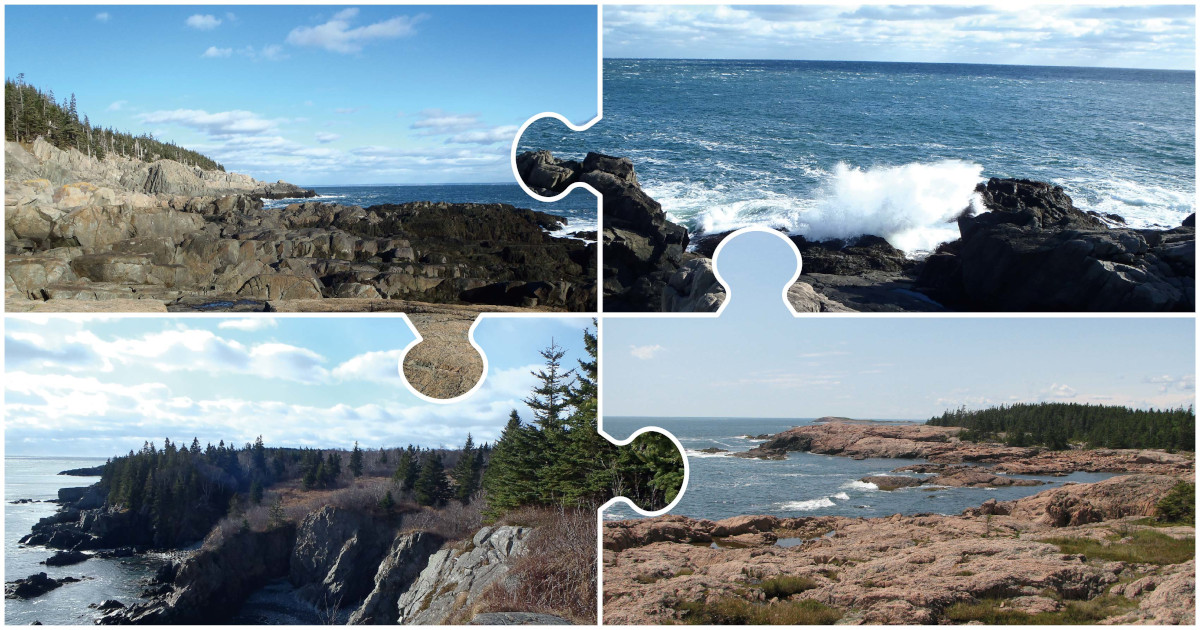Marine Nearshore Biodiversity—2nd Edition
A special issue of Diversity (ISSN 1424-2818). This special issue belongs to the section "Marine Diversity".
Deadline for manuscript submissions: 20 May 2025 | Viewed by 3804

Special Issue Editor
Interests: biodiversity; conservation biology; marine biology; biogeography; nearshore ecology
Special Issues, Collections and Topics in MDPI journals
Special Issue Information
Dear Colleagues,
Nearshore ecosystems contain most of the ocean’s highly productive waters and varied habitats that support a range of phyla more diverse than that which terrestrial ecosystems hold. This band of water spanning continents and islands extends seaward from the intertidal zone out through the subtidal to a depth of 90 meters and envelops most of the marine biodiversity hotspots. The valuable services provided by nearshore ecosystems are as diverse as their plant and animal inhabitants. Among the marine ecosystems, nearshore biodiversity has the deepest history of exploration, exploitation, and benefits to society. Yet, as coastal sea water temperatures, sea levels, sea water chemistries, and coastal currents change, the populations of the nearshore benthos are reduced, restructured, and replaced. These consequences are understood through the altered phenology of life histories, changed abundance and genetic diversity, species range shifts, and modified ecosystem functions.
This Special Issue will highlight recent advances in research on nearshore biodiversity, covering its relationship with biogeography, coastal oceanographic processes, ecosystem functions, species introductions and range shifts, community ecology and genetics. Research concerned with the interactions of commercial harvesting, aquaculture and pollution with nearshore biodiversity is also invited. In summary, this collection aims to present, in a broad sense, a global comparison of nearshore biodiversity and the drivers of change.
Prof. Dr. Thomas J. Trott
Guest Editor
Manuscript Submission Information
Manuscripts should be submitted online at www.mdpi.com by registering and logging in to this website. Once you are registered, click here to go to the submission form. Manuscripts can be submitted until the deadline. All submissions that pass pre-check are peer-reviewed. Accepted papers will be published continuously in the journal (as soon as accepted) and will be listed together on the special issue website. Research articles, review articles as well as short communications are invited. For planned papers, a title and short abstract (about 100 words) can be sent to the Editorial Office for announcement on this website.
Submitted manuscripts should not have been published previously, nor be under consideration for publication elsewhere (except conference proceedings papers). All manuscripts are thoroughly refereed through a single-blind peer-review process. A guide for authors and other relevant information for submission of manuscripts is available on the Instructions for Authors page. Diversity is an international peer-reviewed open access monthly journal published by MDPI.
Please visit the Instructions for Authors page before submitting a manuscript. The Article Processing Charge (APC) for publication in this open access journal is 2100 CHF (Swiss Francs). Submitted papers should be well formatted and use good English. Authors may use MDPI's English editing service prior to publication or during author revisions.
Keywords
- biogeography
- oceanography
- range shifts
- coastal
- distributions
- community ecology
Benefits of Publishing in a Special Issue
- Ease of navigation: Grouping papers by topic helps scholars navigate broad scope journals more efficiently.
- Greater discoverability: Special Issues support the reach and impact of scientific research. Articles in Special Issues are more discoverable and cited more frequently.
- Expansion of research network: Special Issues facilitate connections among authors, fostering scientific collaborations.
- External promotion: Articles in Special Issues are often promoted through the journal's social media, increasing their visibility.
- e-Book format: Special Issues with more than 10 articles can be published as dedicated e-books, ensuring wide and rapid dissemination.
Further information on MDPI's Special Issue polices can be found here.





